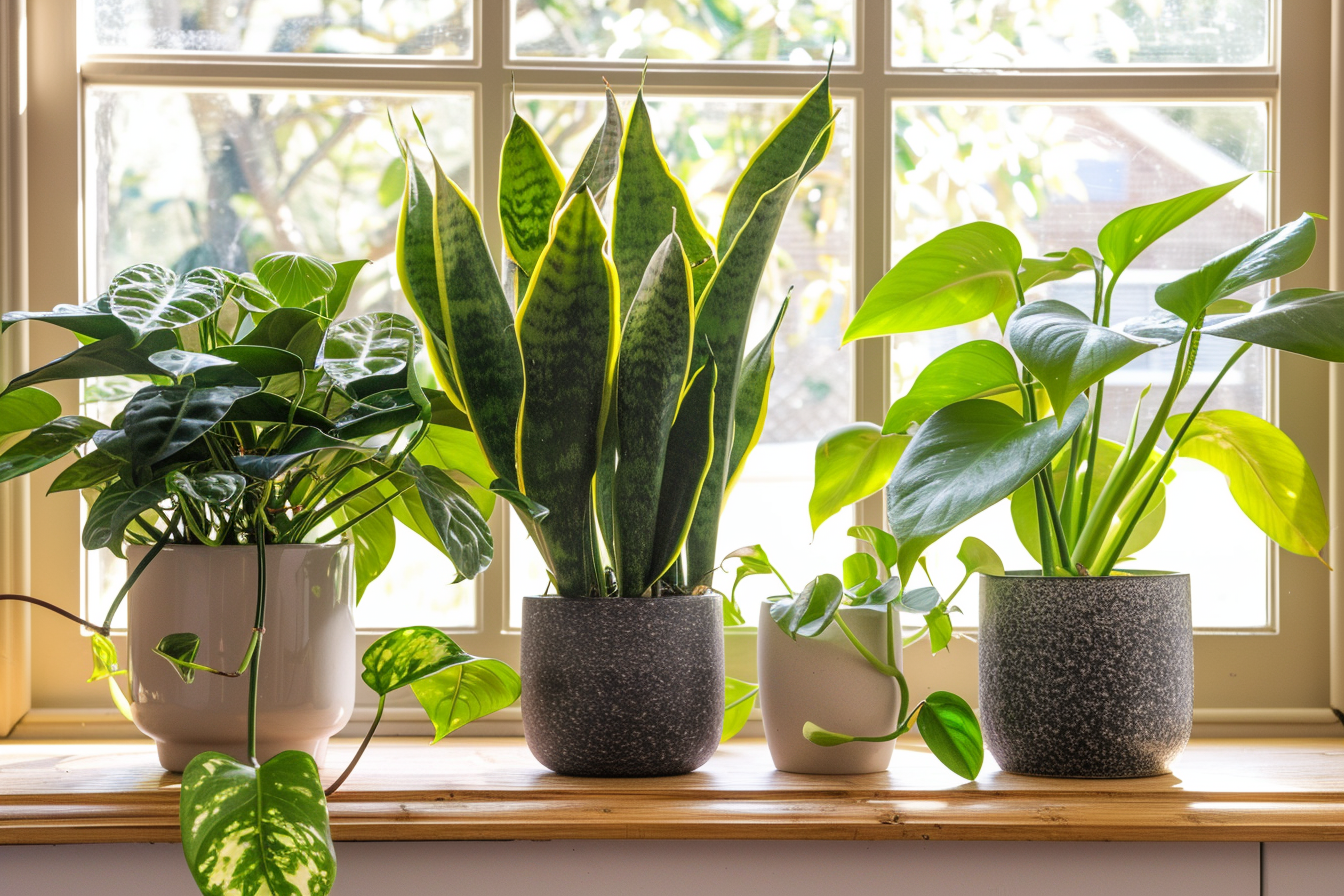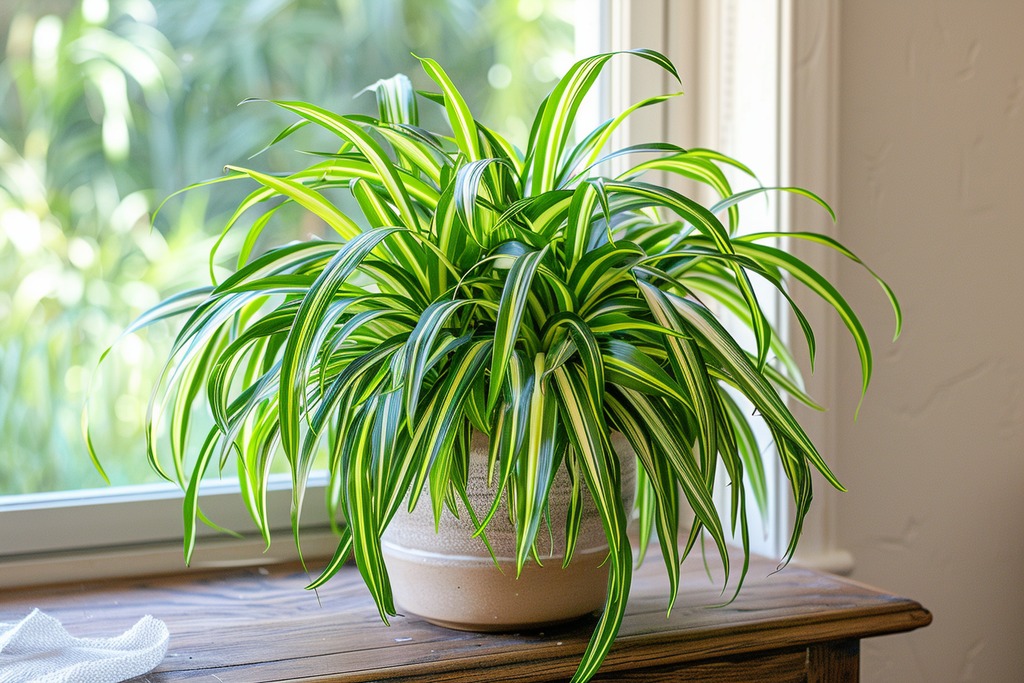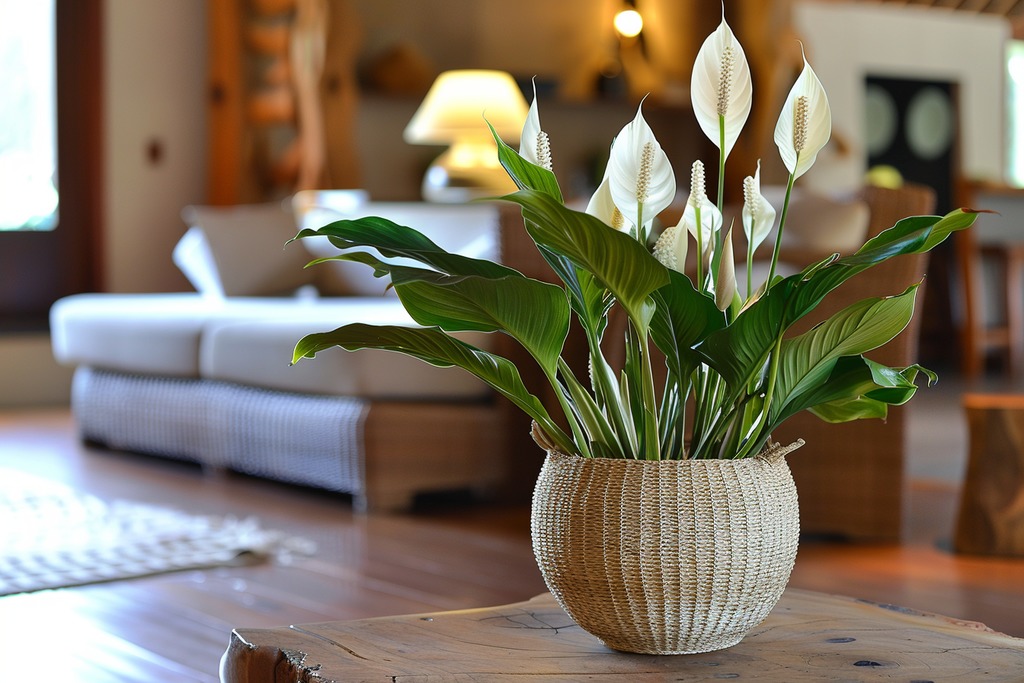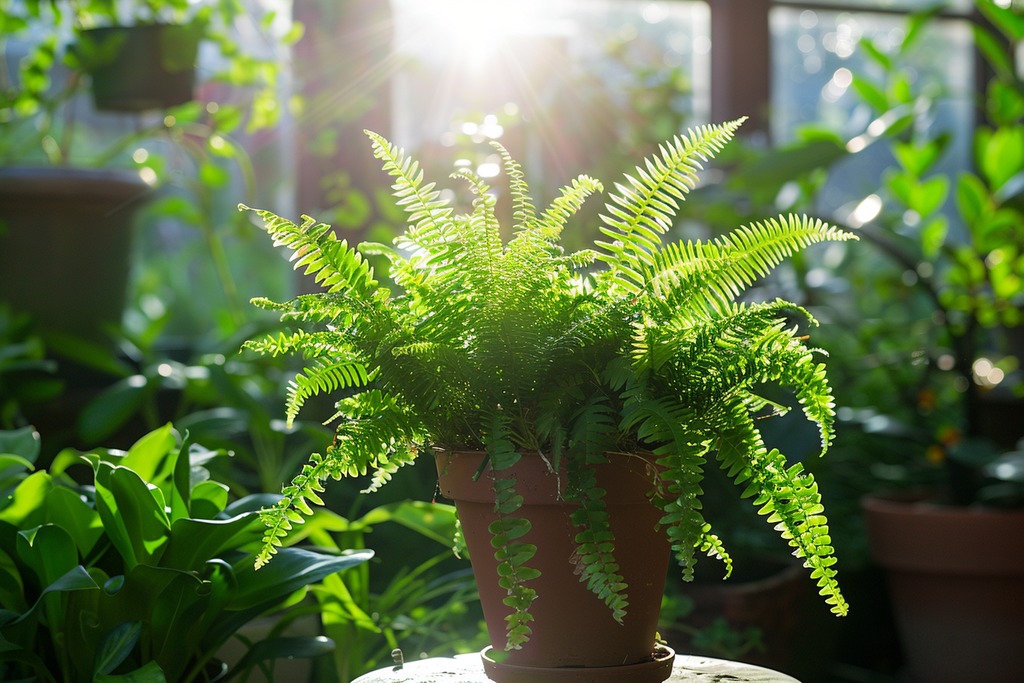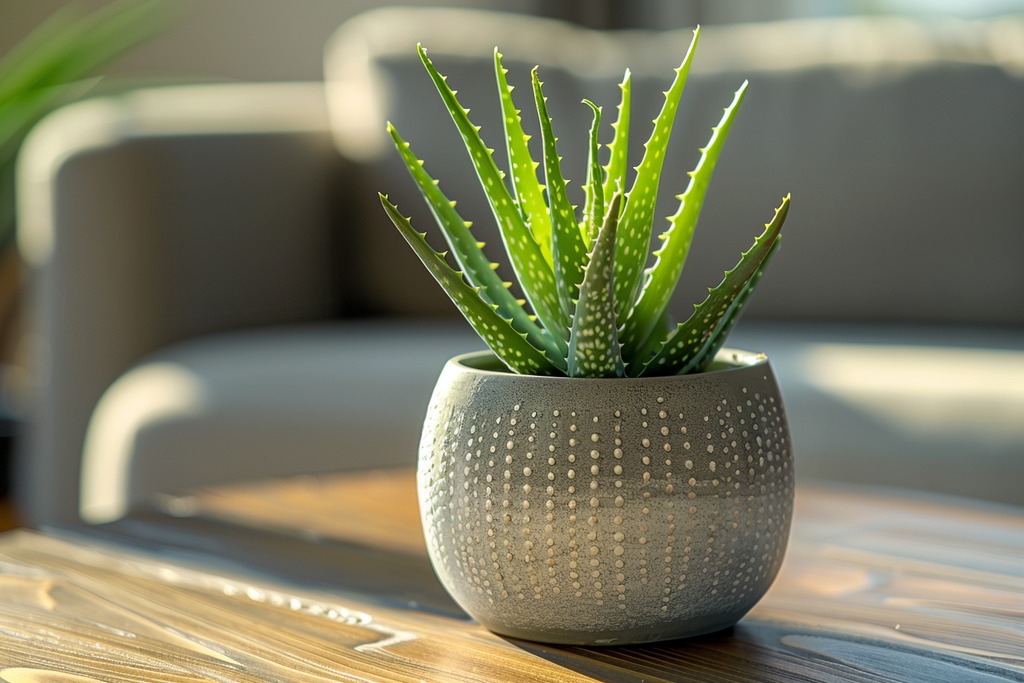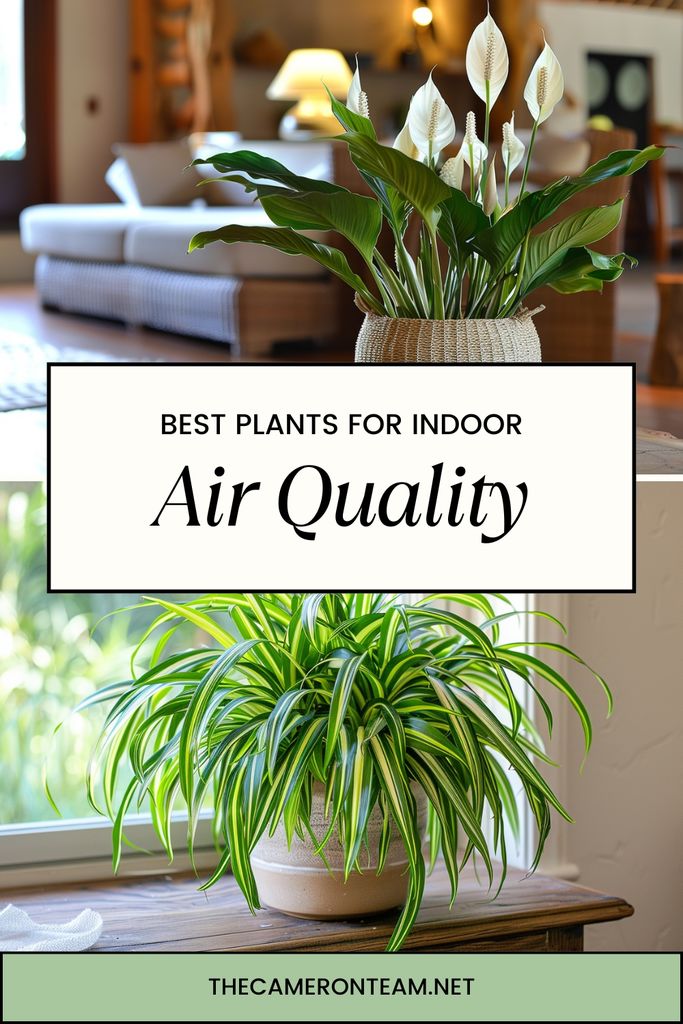Ah, fresh air! Who doesn’t want a breath of it inside their own home? With pollution levels on the rise and modern homes sealed tighter than a drum, keeping indoor air clean and fresh can feel like a real challenge. But here’s a breath of fresh air: you can improve your indoor air quality naturally with a few well-chosen houseplants! Not only do they add a pop of green and a touch of tranquility, but they also work hard to scrub the air you breathe every day.
In this blog post, we’ll dive deep into the lush world of air-purifying plants, highlighting the top contenders that are not only champions in cleaning the air but are also easy on the eyes and simple to care for. Whether you’ve got a green thumb or are just starting out, these plants are perfect picks for making your indoor environment healthier and more inviting.
Please note: The Cameron Team has not been paid or received any other compensation to include any of the products featured on this post, but the author has included affiliate links and content. If you click on a link, they may earn a commission – a high-five for great content!
The Quest for Cleaner Air: How Plants Help
Indoor air pollution is no joke—it can include contaminants like volatile organic compounds (VOCs), carbon monoxide, and formaldehyde, common in modern furnishings, building materials, and even some cleaning products. Thankfully, nature offers a powerful solution: plants. Through photosynthesis, plants absorb carbon dioxide and release oxygen. But that’s not all—they can also absorb pollutants, which is a win-win for any indoor space!
1. Spider Plant (Chlorophytum comosum)
Ah, the humble Spider Plant. Easy to care for and hardy, it’s often a go-to choice for new plant owners. Spider plants are particularly good at absorbing carbon monoxide and xylene, a solvent used in the leather, rubber, and printing industries.
2. Snake Plant (Sansevieria trifasciata)
Talk about tough! Snake plants are nearly indestructible and can grow in low light and with minimal water. Known as “Mother-in-Law’s Tongue,” this plant is a warrior against benzene, formaldehyde, trichloroethylene, and xylene.
3. Peace Lily (Spathiphyllum)
Not just pretty! Peace Lilies are one of the most effective plants at reducing airborne VOCs, including benzene, formaldehyde, and trichloroethylene. They thrive in shady areas and only need to be watered once a week, making them perfect for offices or dim corners.
4. Boston Fern (Nephrolepis exaltata)
Boston Ferns are natural humidifiers and can help restore moisture in the air, perfect for those dry winter months. They’re excellent at removing indoor pollutants, such as formaldehyde and xylene, and love indirect light and a cool place with high humidity.
5. Bamboo Palm (Chamaedorea seifrizii)
Bring a bit of the tropics into your home with the Bamboo Palm. It’s particularly adept at filtering out benzene and trichloroethylene and loves to be in full shade or indirect sunlight, making it ideal for indoor environments.
6. Aloe Vera
A double-duty plant, Aloe Vera not only cleans the air of formaldehyde and benzene but also offers healing gel in its leaves, perfect for treating cuts and burns. It enjoys sunny spots, so it’s great for a sunny kitchen window.
Tips for Maximizing Benefits
- Placement: Place one plant per 100 square feet of indoor space to maximize air purification.
- Care: Overwatering is a common mistake. Most air-purifying plants require minimal watering and indirect light.
- Variety: Mixing different types of air-purifying plants can enhance both aesthetics and air quality.
Wrapping It Up
With these plants, you’re not just decorating your space—you’re enhancing your health. It’s like hitting two birds with one stone, right? Indoor plants transform your living or workspaces aesthetically and functionally, making the air you breathe cleaner and fresher.
So, why not give it a whirl? Introduce some of these green buddies into your home or office and breathe easier knowing they’re on the air-purifying patrol.
Frequently Asked Questions
- Q: How often should I water my air-purifying plants?
A: Typically, watering once a week is sufficient, but make sure to check the soil’s moisture level to avoid overwatering. - Q: Are there any plants I should avoid if I have pets?
A: Yes, some plants like the Peace Lily can be toxic to pets. Always check if a plant is safe for your furry friends before bringing it home. - Q: Can plants really improve indoor air quality significantly?
A: Yes, while they can’t replace an air purifier, they can significantly reduce levels of certain pollutants and increase oxygen levels.
Feel free to experiment with these natural air fresheners and see not only the visual transformation but also feel the difference in your air quality! Why wait to give your lungs and living space a little green boost?

